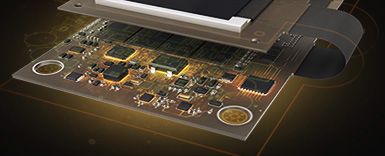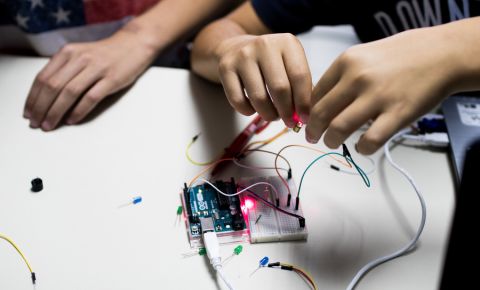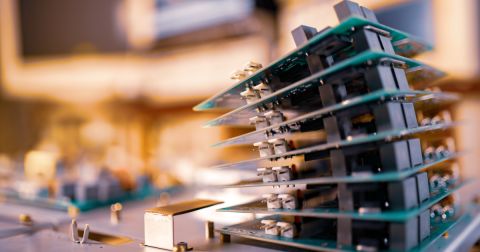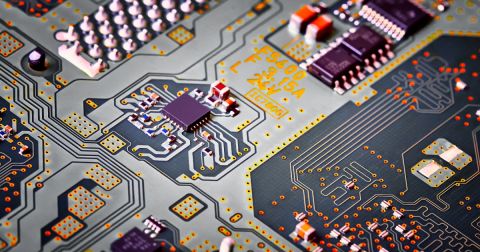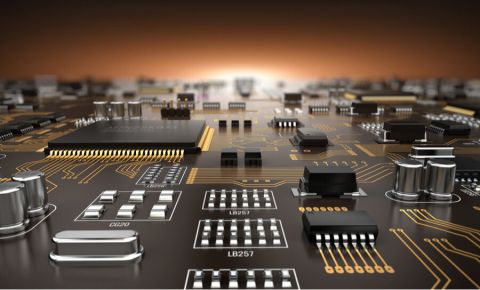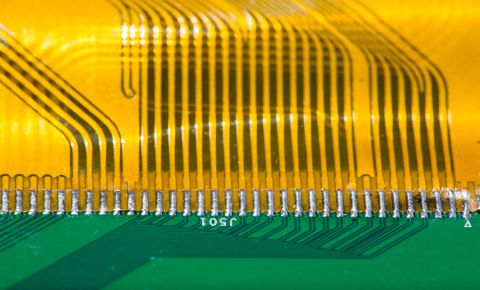Small Electronic Circuit Design Demands Large Amounts of Attention
With new taxes regularly introduced to the rising costs of living, it’s only a matter of time before consumers suffer from chain effects. It gets to my nerves when my favorite local restaurants increase prices or resort to reducing their serving size. Of course, I would prefer for things to stay the same but I can at least satisfy my hunger by paying a little extra.
In electronics, PCB designs are also getting smaller, just like my favorite plate of pasta. As electronics companies attempt to squeeze hundreds of functions into increasingly smaller PCBs, hardware designers are tested to the limit. Electrical engineers are expected to design using a smaller PCB while ensuring that the PCB device is free from any functional issues. Due to the growing number of challenges involved in PCB design, it is important to learn how to optimize your Printed Circuit Board for compact component design early on.
Useful Tips for Compact PCB Design
When you’re told that your PCB must fit an impossibly small device enclosure, here are some important tips you can follow:
1. Use Smaller Sized Components
Large packages like a 0805 resistor might make manual prototyping easier but have no place in compact electronic circuit design. Find the smallest surface mounted components that your assembler can handle and use those in your printed circuit design. Using a microcontroller like the Quad Flat Package (QFP) with hundreds of pins can take up precious space on the PCB. Swap larger components out for a Ball Grid Array (BGA) package.
Save more space with BGA components.
2. Route With Smaller Tracks and Hole Sizes
Most PCB manufacturers can handle tracks as thin as 4 mils. Take advantage of that power and make your tracks smaller whenever possible. There are, of course, exceptions to this. Power tracks and microstrip antenna need to be designed according to the calculated values. The same also applies to drill sizes for vias or pads. You’ll save a great amount of space optimizing both of these.
3. Arrange Designators Systematically
It’s tempting to delete designators to make way for tracks and components. That wouldn’t be a wise choice. Instead, make designators smaller and organize them into smaller groups. Be sure to make the arrangement reflect the components in a systematic order. This also makes tracing a part easier within a densely populated PCB.
4. Multilayer PCB Design
When the number of tracks is preventing your design from fitting in at a given size, increase the number of PCB layers. Multilayer PCBs are generally more expensive than the standard 2-layers layout. You can start by shifting the power and ground planes into inner layers, creating a 4-layers PCB. If that’s still insufficient, you can increase the layer count while keeping the signal layers separated by ground planes to minimize interference.
5. Be Creative With Vias
Routing on a compact PCB can result in a high number of vias. And when you have multiple layers of signal, ordinary vias are more of a hindrance than a help. Use blind vias or buried vias to save space on either side of your PCB. This will increase the cost of your PCB but could also make a difference in successfully routing a compact design.
6. Efficient Thermal Management Techniques
It’s pretty pointless to spend valuable time tightly packing components in a compact PCB only to have the PCB last for a week due to heat issues. This is one of the major challenges that plague compact PCB design. To minimize heat issues, transfer the surrounding of heat emitting components to PCB heat sinks. Place enough thermal via to disperse the heat efficiently. If needed, use a thicker PCB to prevent a quick temperature rise.
Things can get heated up with compact PCB.
7. Do a Quick Routability Test
I once made the mistake of wasting days trying to route a physically impossible PCB that simply didn’t have enough space for routing. That was back when PCB design software wasn’t equipped with intelligent auto-routing features. Nowadays, you can easily avoid this frustration by letting the software autoroute the entire design to prove that it is technically routable. Chances are, if the software is able to complete routing within a reasonable time, you will be able to route it using the pre-set design rules later on.
If you want to efficiently design a compact PCB and optimize your chances for success, great PCB design software helps. Altium Designer® allows you to test for routability and fit while making it simple to set up and place blind vias on your layout. You can also customize track and hole sizes for specific signals.
Need more help with your compact PCB design? Contact an expert at Altium.

